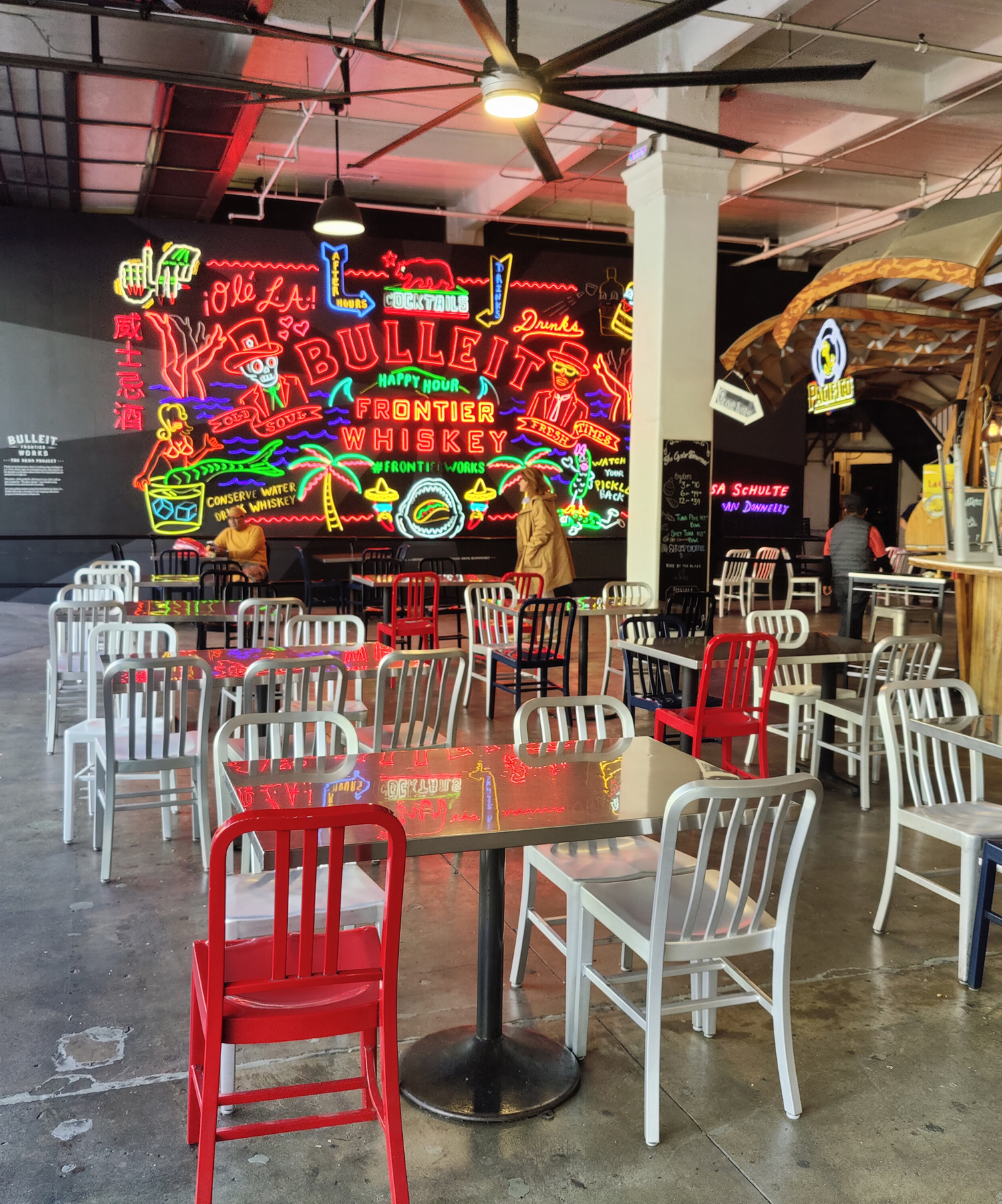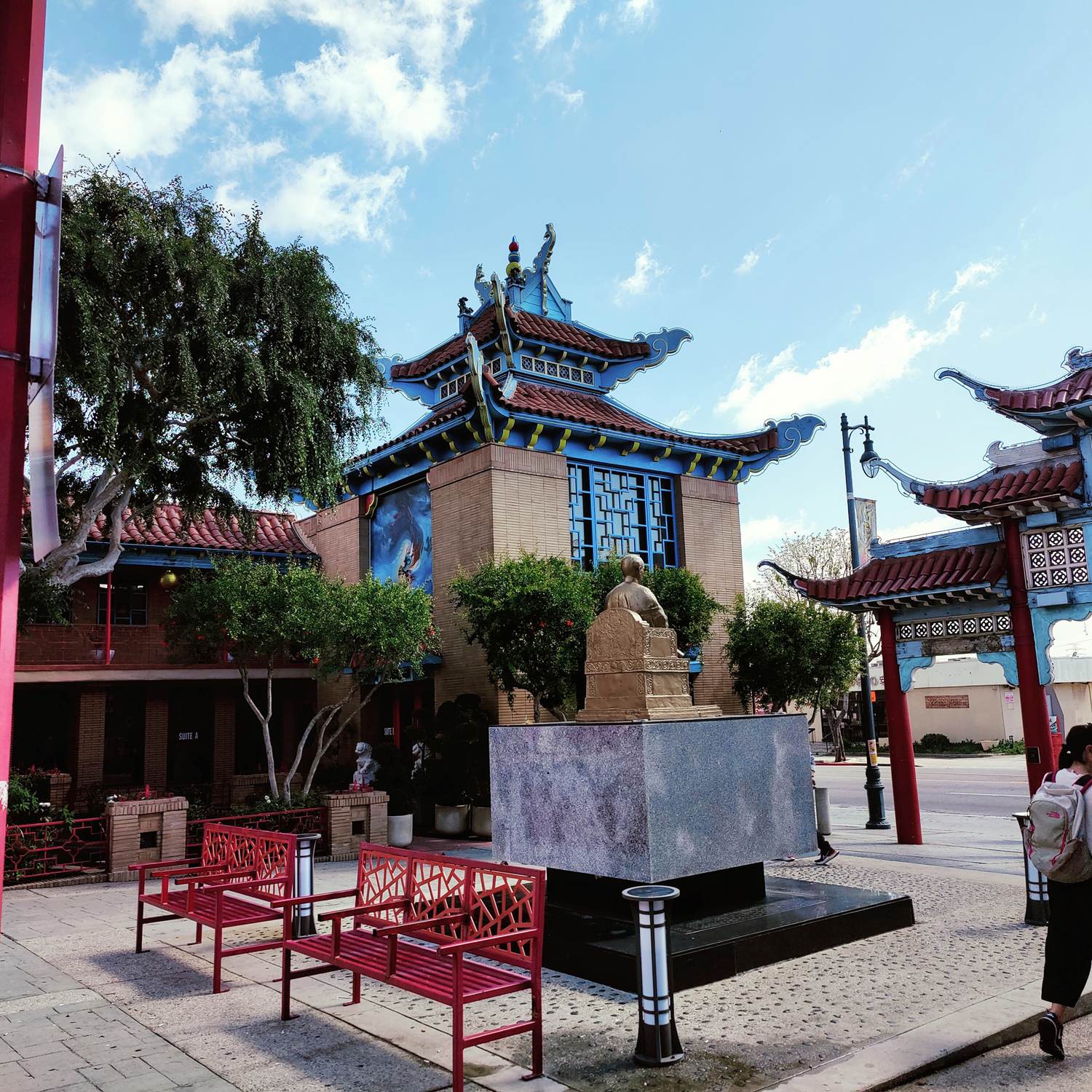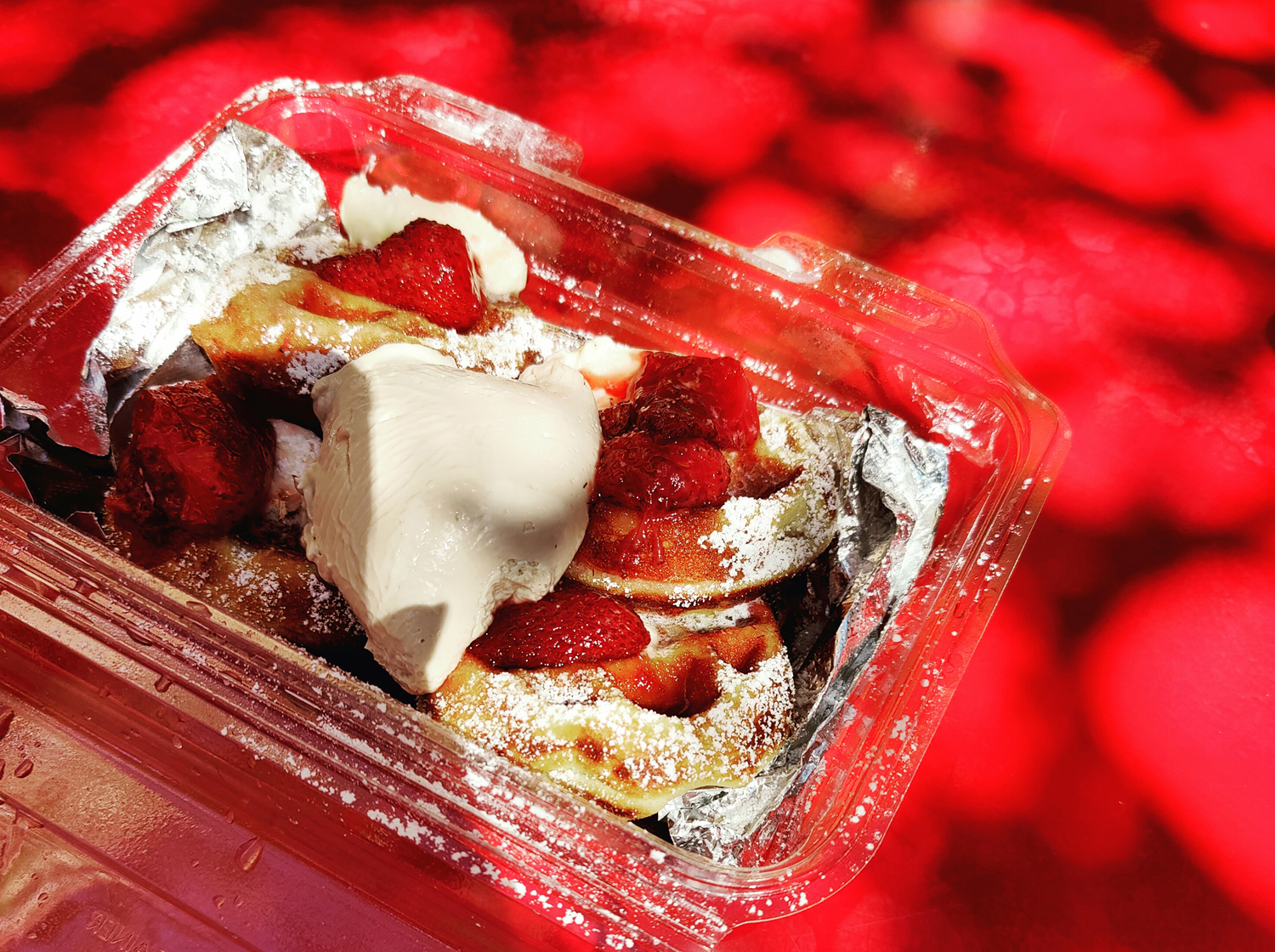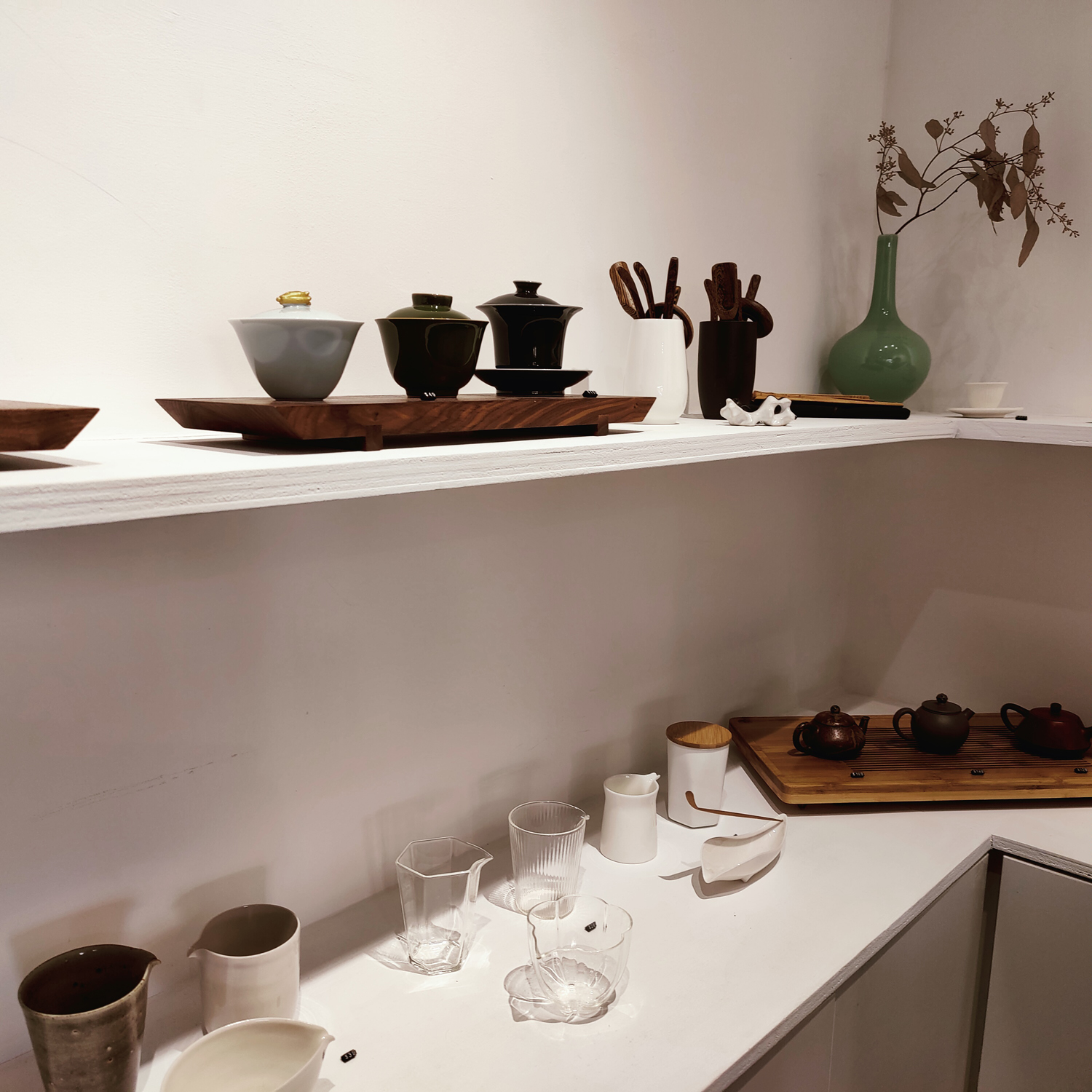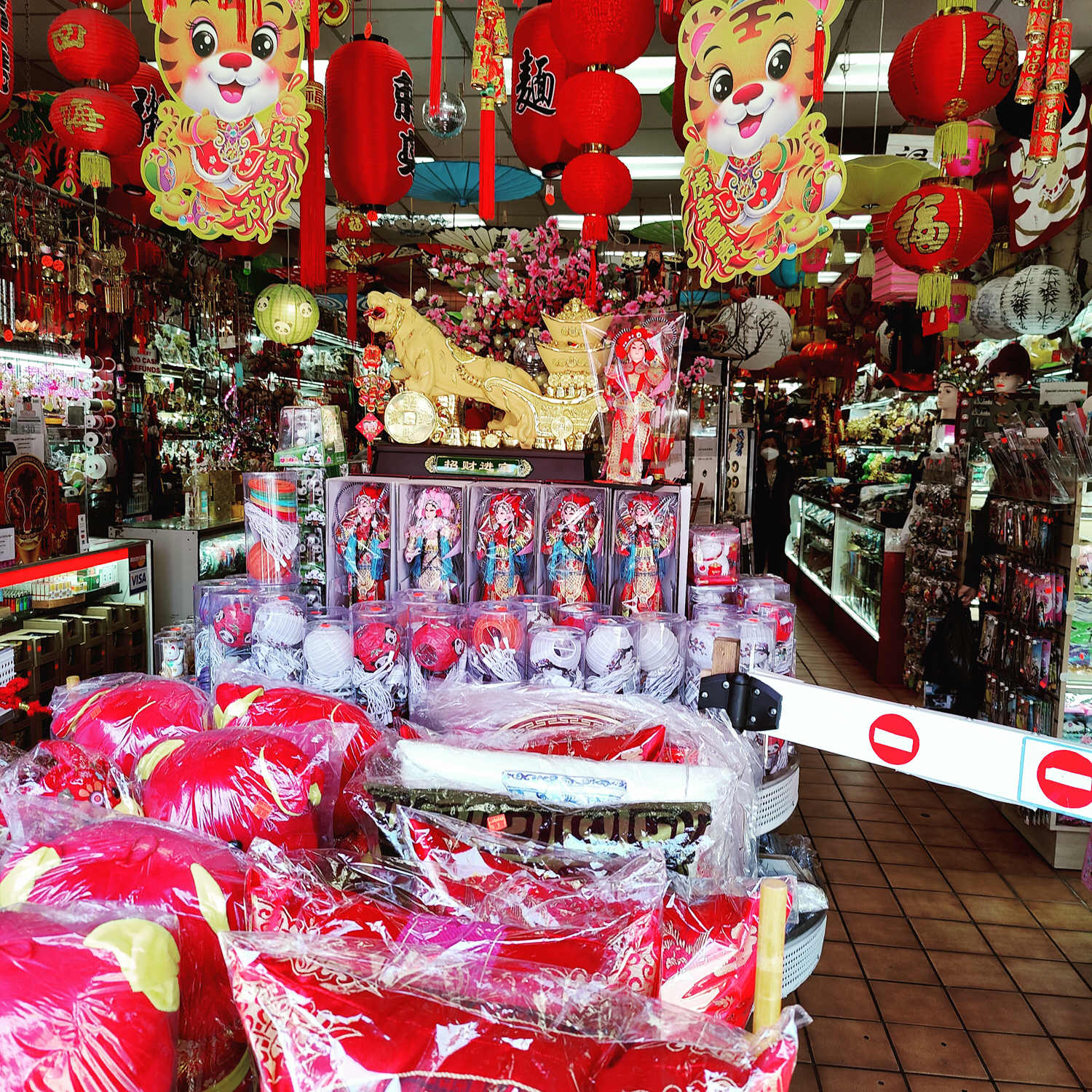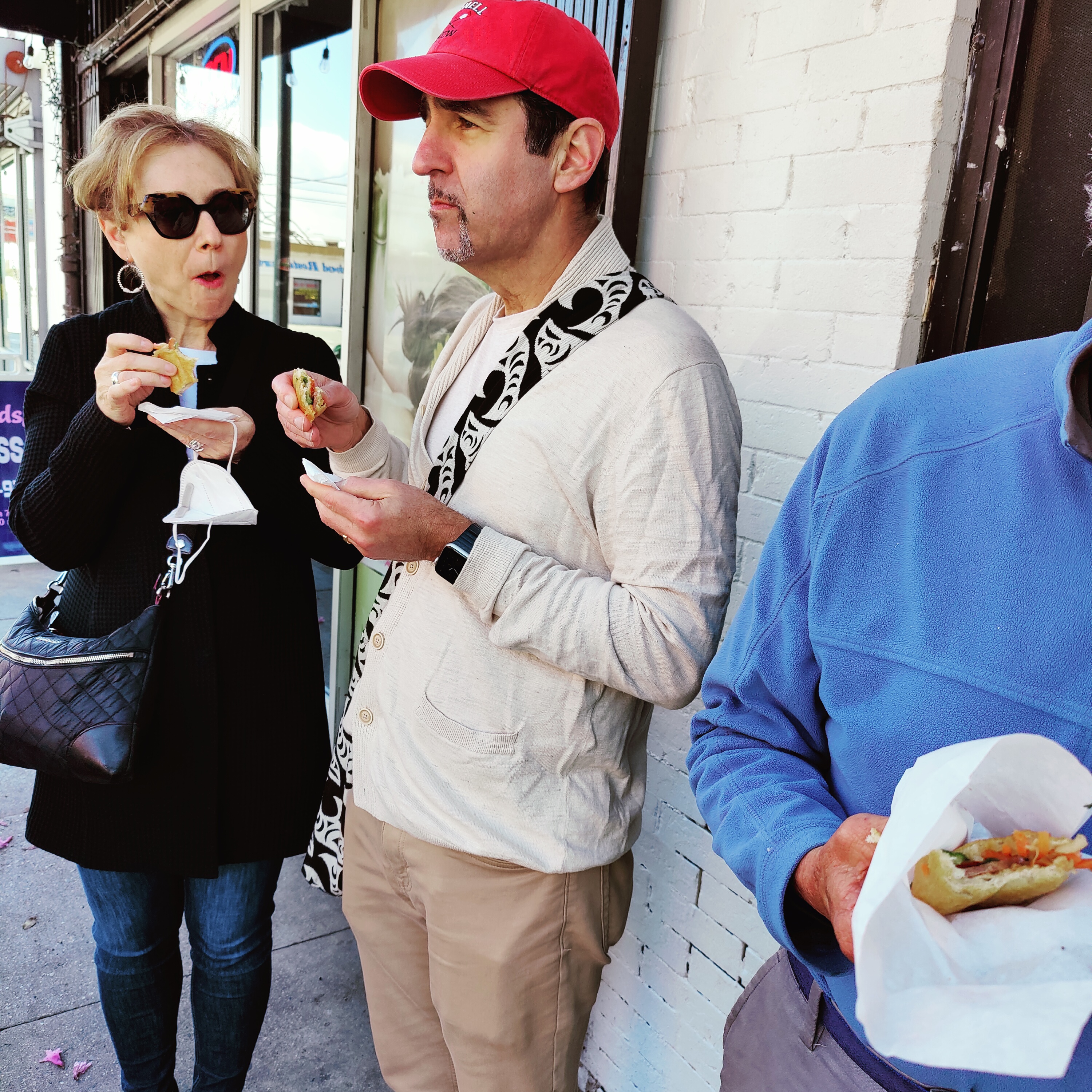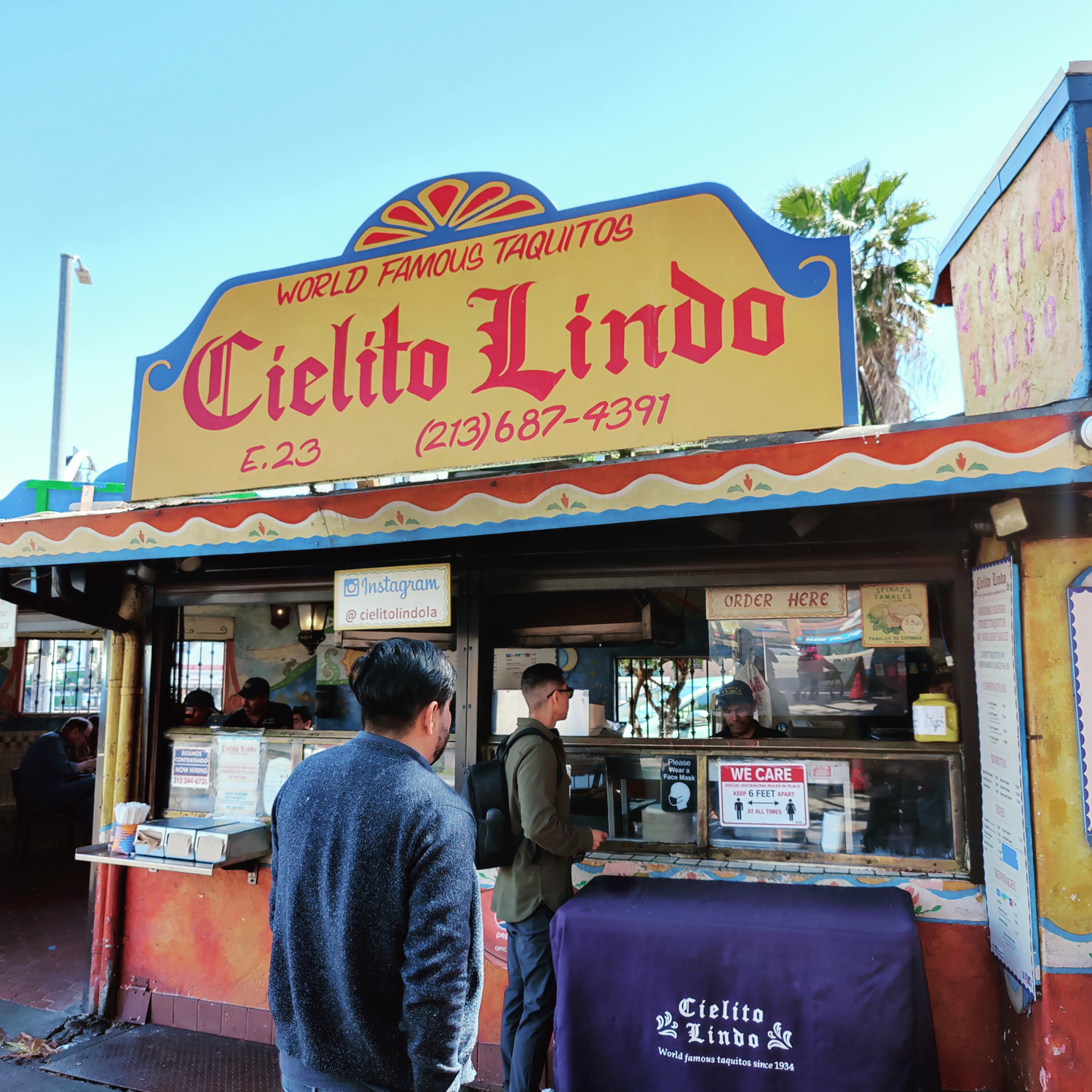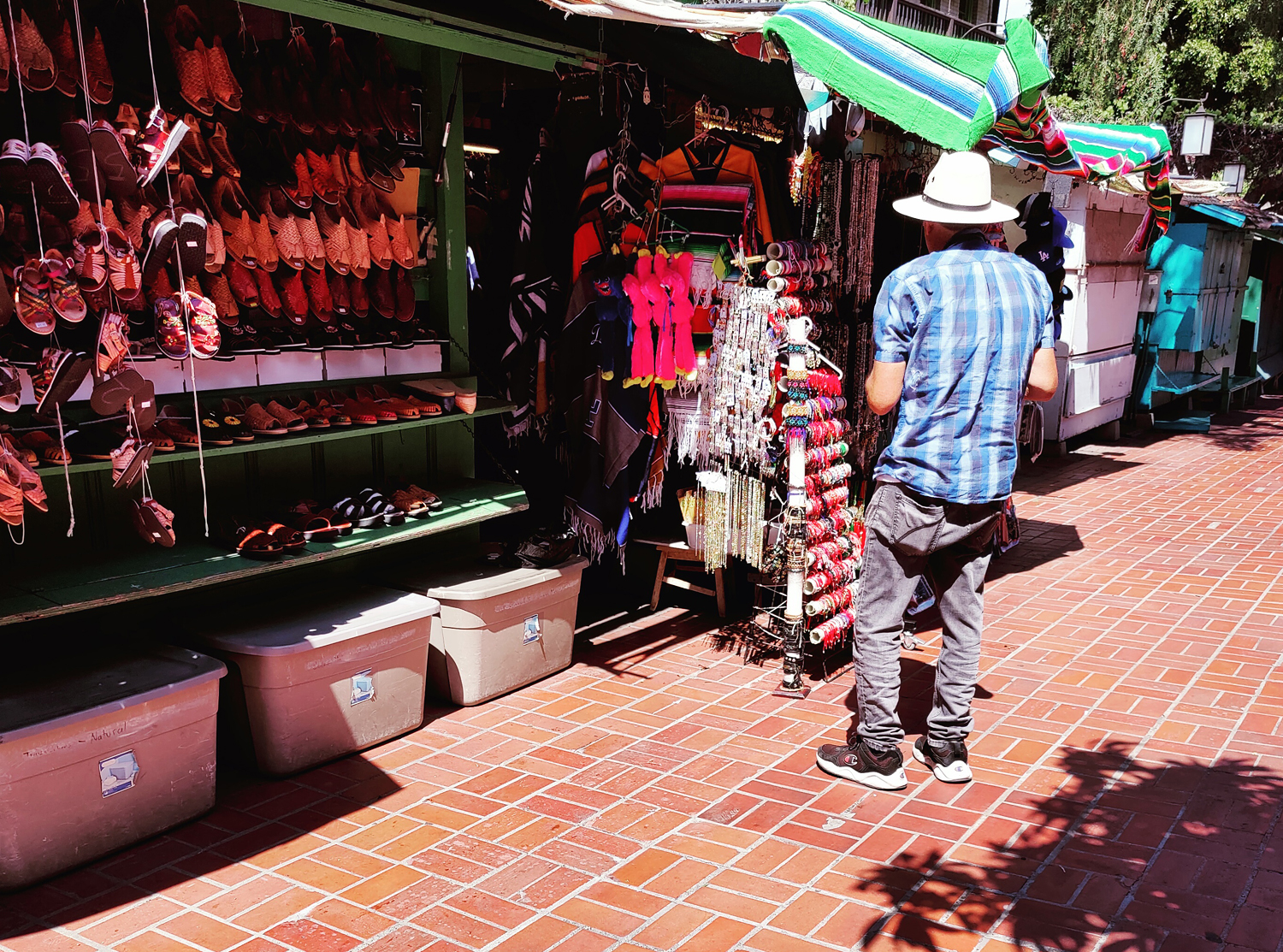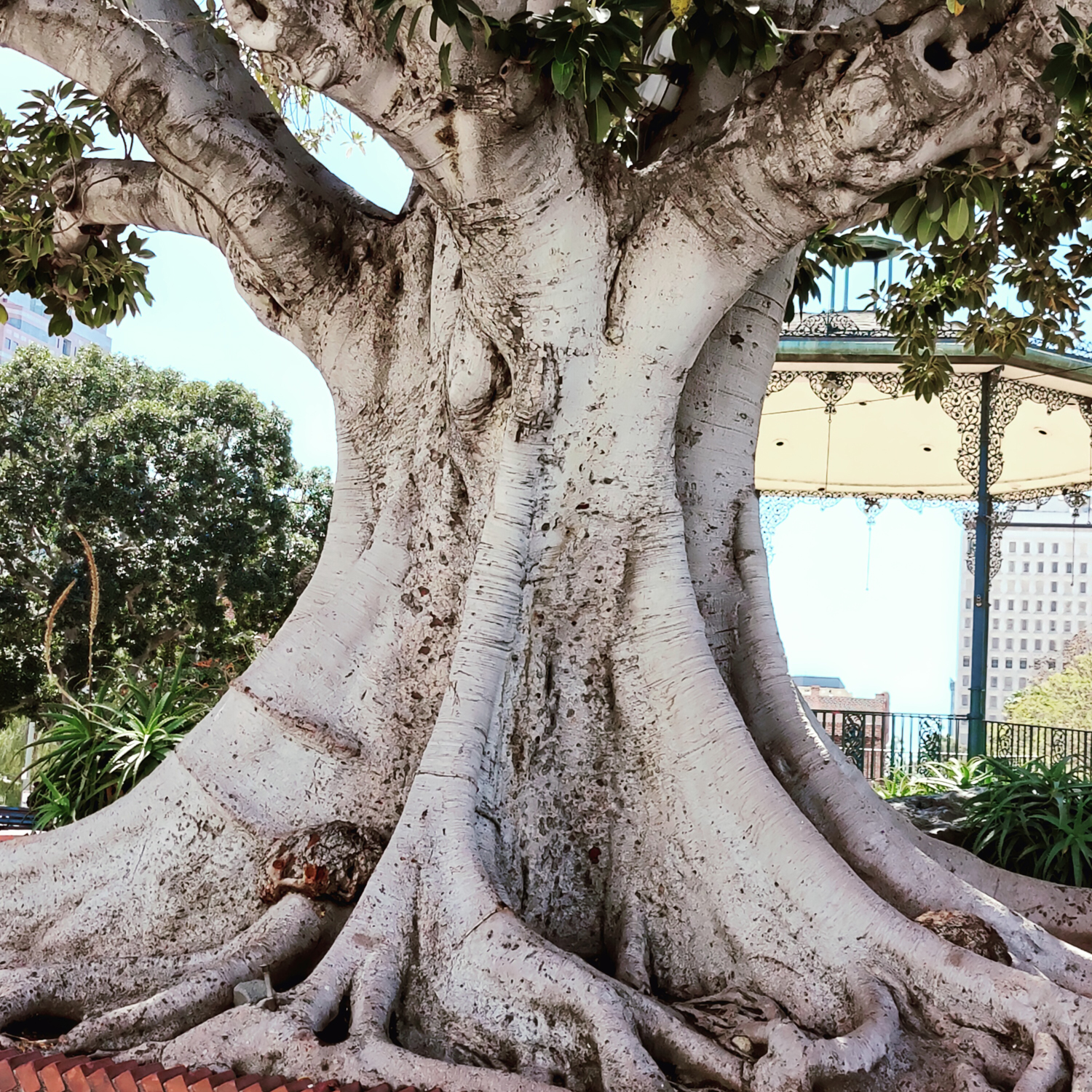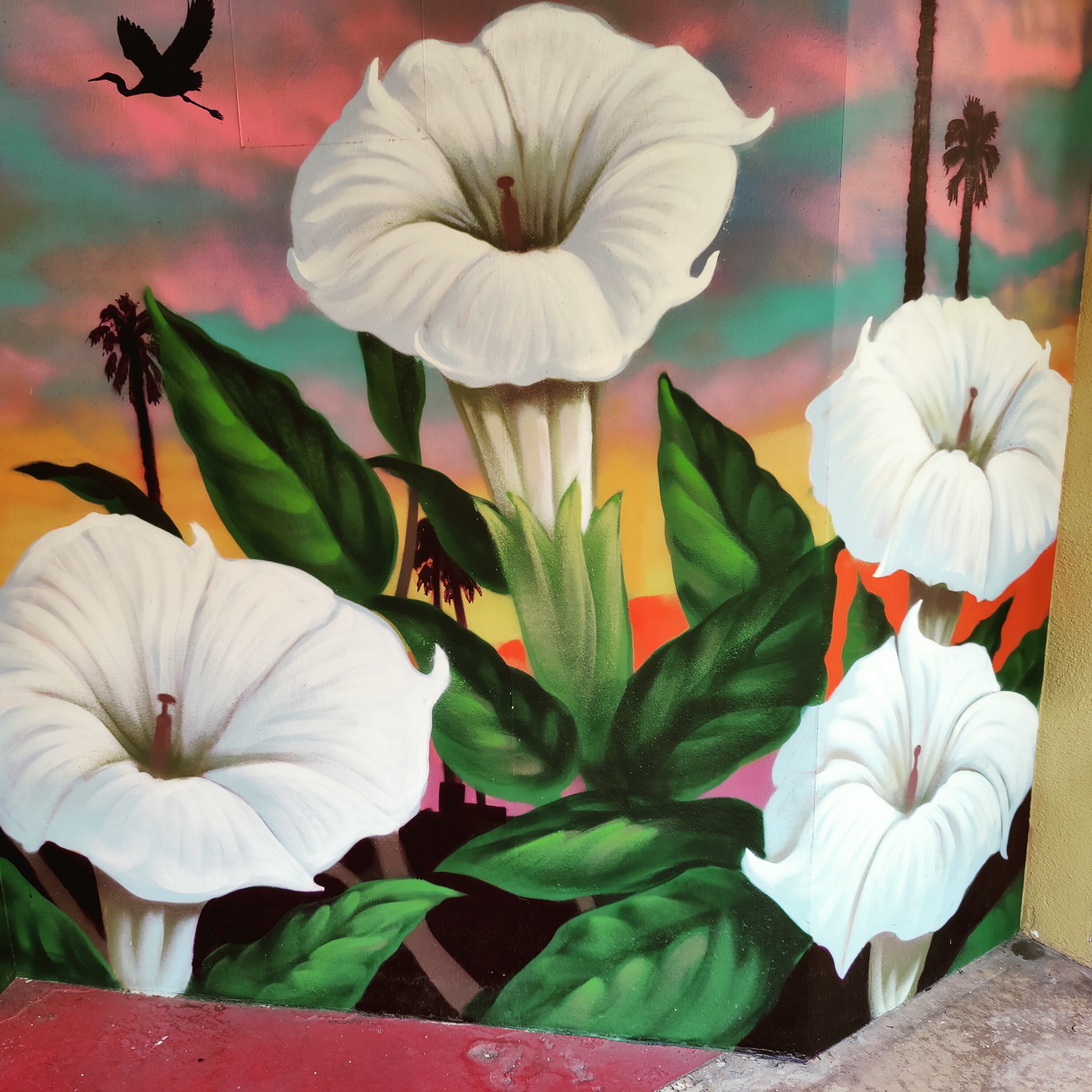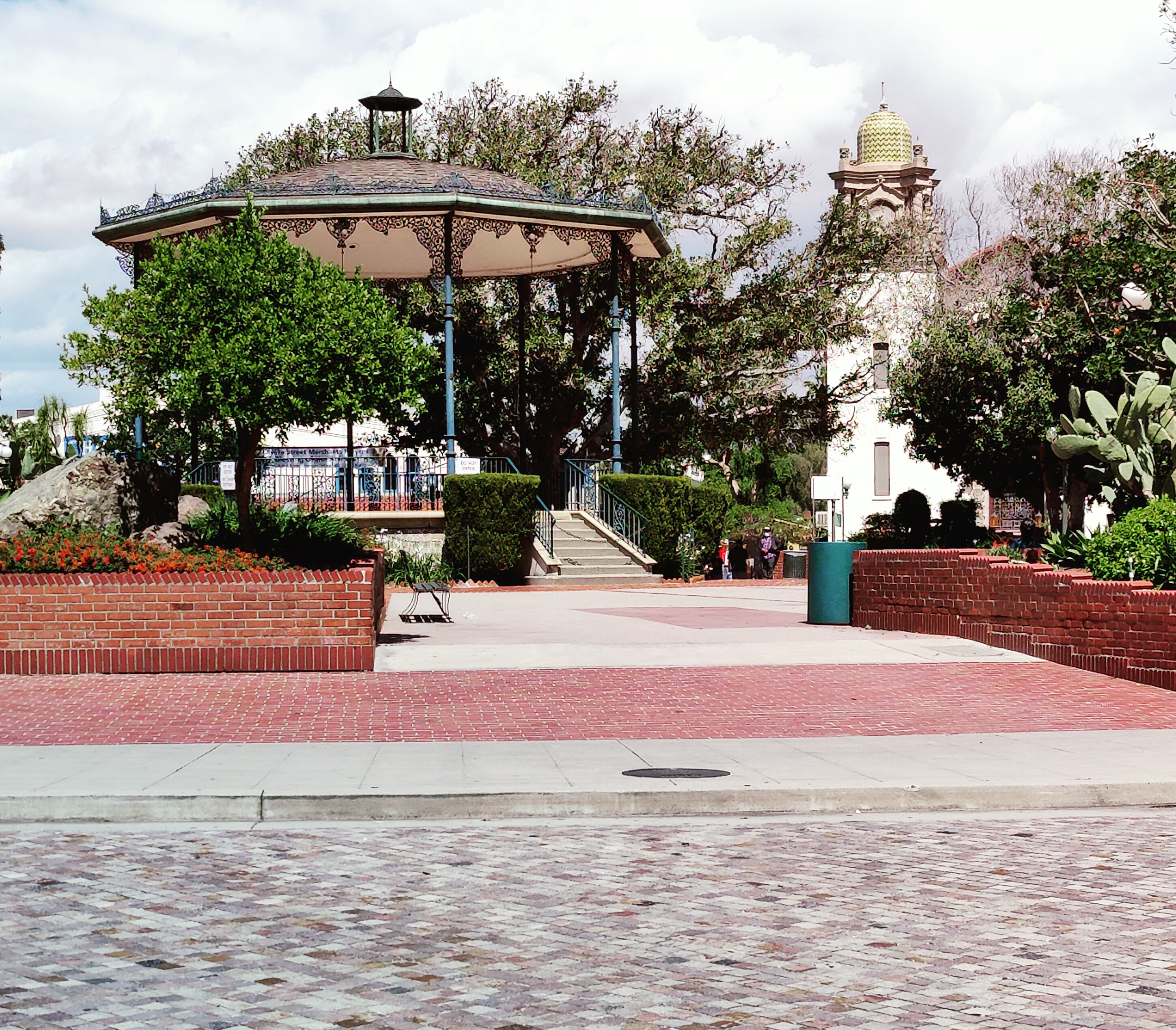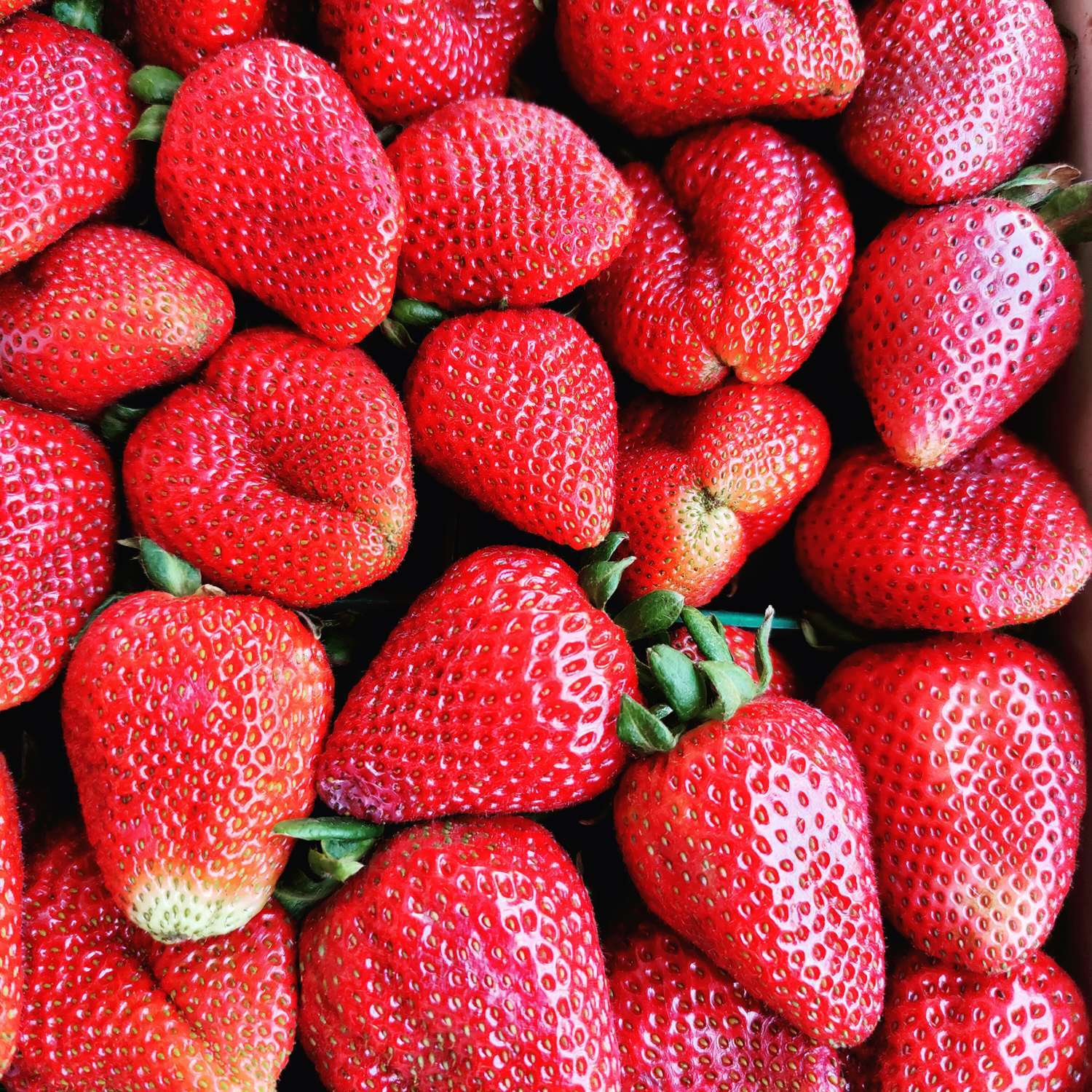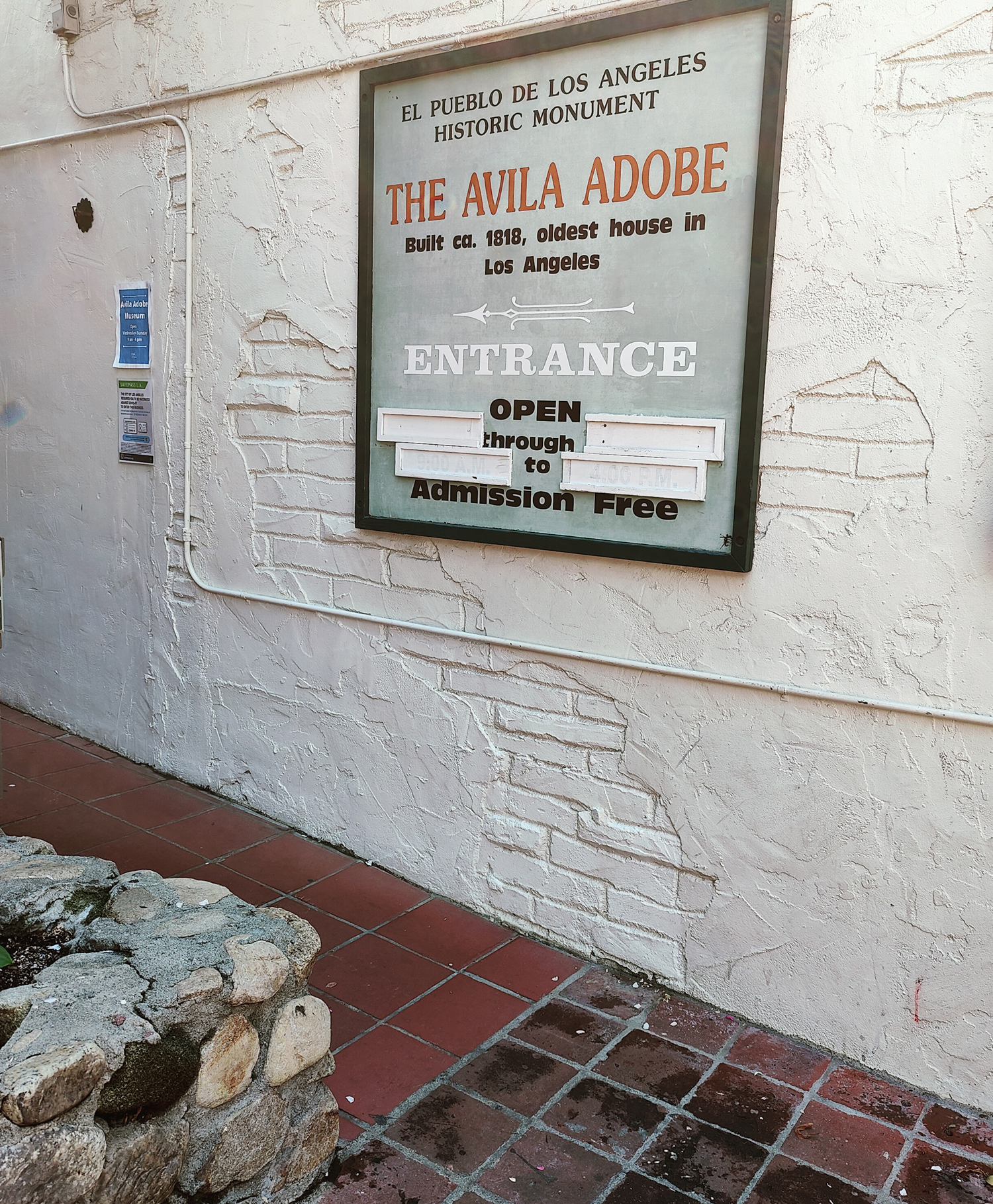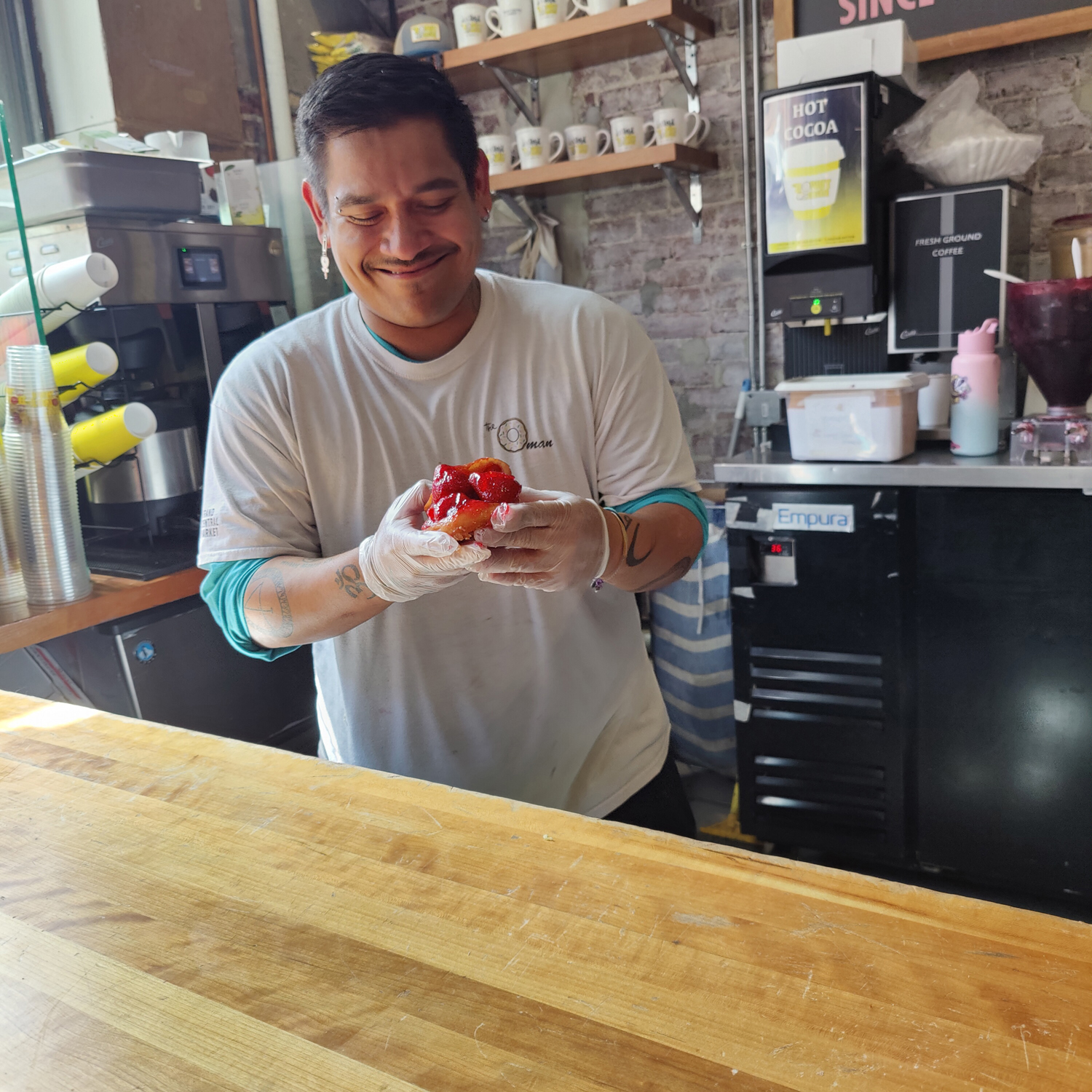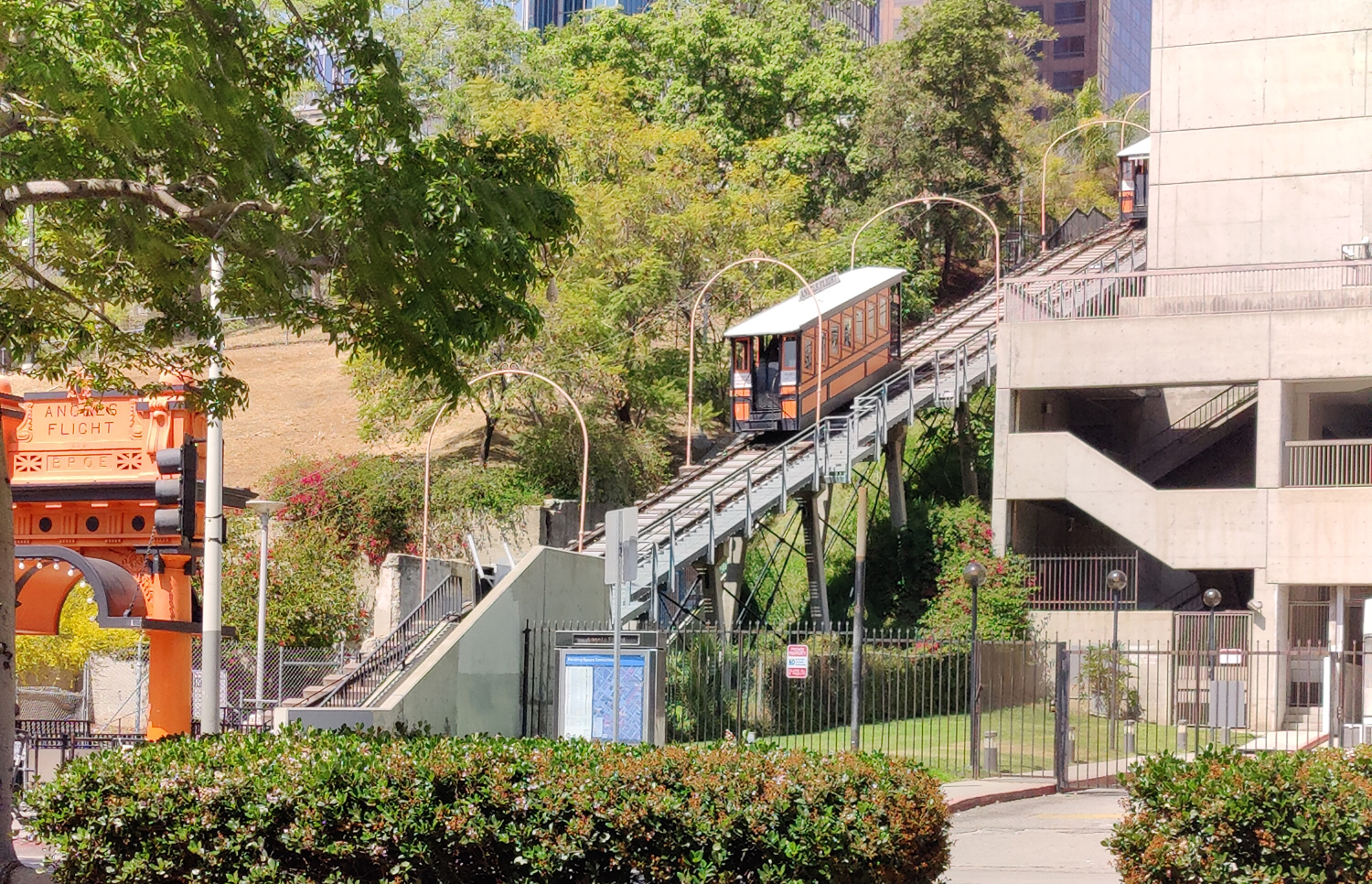Text and photos by Mary L. Peachin
July/August 2022, Vol. 25, No.10, 11
Downtown Los Angeles isn’t high on the destination list for most travelers. Offering the location of one of our favorite places to stay, the Jonathan Club, and Culinary Backstreets, who operates in about eight cities world-wide, offers a tour there, we feel differently.
We met guide Ulysses Salcido at the West gate of Los Angeles’ Chinatown. After walking through Mandarin Plaza, we sat in the patio at the Angry Egret Dinette for dim sum and waffles with marzipan. The Chef of this small restaurant is a James Beard award winner.
Almost next door is Steep, a Taiwanese tea shop. A formal tea ceremony allowed us to sip tea, one a black and tangerine tea, aged 13 years, along with bites of fried tomato and guava plus egg, pork. and barbeque dim sum.
We continued our walking tour to Olvera Street. This historic downtown street is part of the El Pueblo de Los Angeles Historic Monument, the area surrounding 19th-century Los Angeles Plaza. Considered the main square of the city in the early 1820s, when California was still part of Mexico. Many of the Plaza District’s historic buildings are on Olvera Street, including its oldest one, the Avila Adobe, built in 1818; the Pelanconi House built in 1857; and the Sepulveda House built in 1887.
Restaurants and vendors line the pedestrian mall, a block-long narrow, tree-shaded, brick-lined marketplace. The exterior facades of the of the small vendor stands have colorful piñatas, puppets hanging in white peasant garb, Mexican pottery, serapes, mounted bull horns, and oversized sombreros. While not an authentic Mexican market, it is a tribute to the history and traditions of the pueblo’s early settlers and the city’s Mexican heritage.
New to us in Little Tokyo was a Japanese confection called. mochi. People stood in line at Fugetsu-Do Confectionery to purchase the dessert similar to a small, round rice cake. We ate a variety of fruit-based mochis.
Continuing on, we crossed over the Hollywood Freeway passing homeless tents on the bridge.
The tour would end at the Grand Central Market. A colorful neon display welcomed shoppers. At Sarita’s Pupuseria. a bean, cheese, and pork Salvadoran-type pupusa was served. Dessert for the tour was provided by “the Donut Man” who served his popular and seasonal strawberry and peach filled donuts. The finale was a ride up Angels Flight narrow gauge railroad. Opened in 1901, the small funicular train goes to the top of the hill to California Plaza.
The tour was a lot of foot mileage to enjoy the diversity of seeing multi-cultures seldom visited by tourists. It certainly provided a new perspective of the city of Los Angeles.

